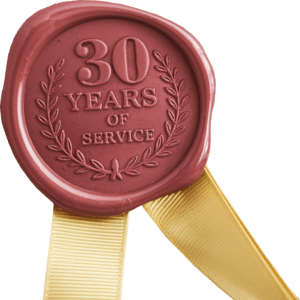Step 7: Data-driven improvement strategy.
10 Steps to successful CRM implementation
A CRM is an essential tool for any business looking to streamline customer interactions and improve their overall customer experience. However, the real value of a CRM lies in the data it collects. When used correctly, this data can help drive better business decisions and support continuous improvement.
Here are some tips for using a CRM to implement a data-driven improvement strategy for your business:
Define your goals: Before you begin, it’s important to understand what you hope to achieve through your data-driven improvement strategy. This might include improving customer satisfaction, increasing sales, or reducing costs. It is important to define specific, measurable, attainable, relevant, and time-bound (SMART) goals for your strategy to ensure you clearly understand what success looks like and can track progress towards it.
Collect the right data: To make informed decisions, you need access to the right data. Ensure that your CRM is capturing all the data that applies to your goals. This might include customer demographics, purchase history, and feedback. Consider integrating your CRM with other systems, such as your marketing automation platform or your customer service software, to ensure you have a complete view of customer interactions.
Analyze the data: Once you have the data, it’s time to analyze it. Look for trends, patterns, and insights that can help you make better decisions. Use visualization tools and dashboards to help you see the big picture and identify areas for improvement. Look for correlations between customer data and your business outcomes, such as increased sales or reduced churn. Advanced analytics techniques, such as machine learning algorithms, can also uncover hidden patterns in your data.
Take action: With the insights gained from your data analysis, it’s time to take action. Use your findings to inform new business strategies and tactics. Change your customer service processes, product offerings, or marketing campaigns based on the data you’ve analysed. Consider A/B testing your changes to ensure that you are making improvements based on data-driven insights.
Monitor and evaluate: Finally, it’s important to monitor and evaluate the results of your data-driven improvement strategy. This will help you determine whether your actions have had the desired impact and make any necessary adjustments. Regularly review your data and track key performance indicators (KPIs) related to your goals to ensure you are on track to achieve them. Consider using automated reports and dashboards to keep track of your progress and make it easier to identify areas for improvement.
By using a CRM to implement a data-driven improvement strategy, you can stay ahead of the competition and continuously improve customer experience. Whether you are a small start-up or a large enterprise, using data-driven insights can help you make better decisions and drive growth for your business.


